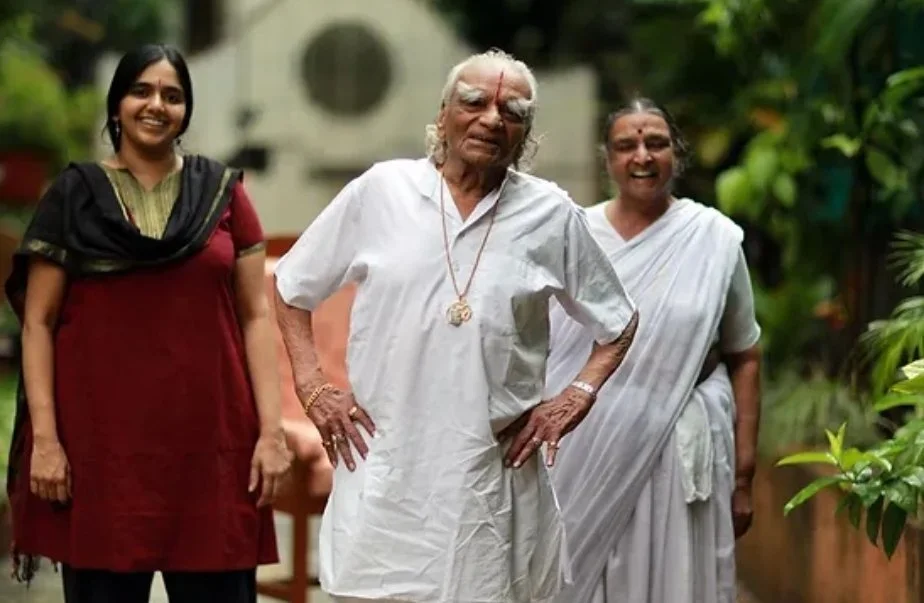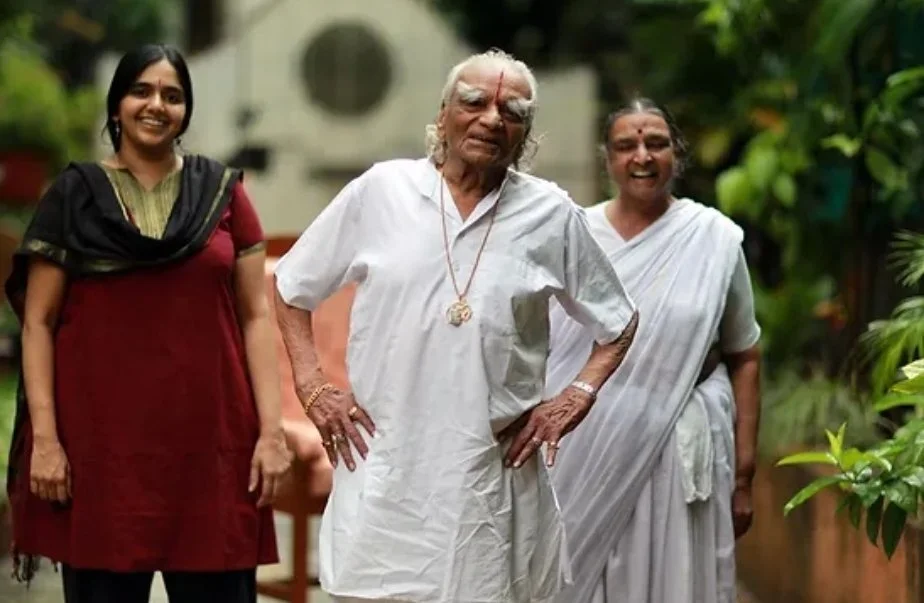Become a member of the Iyengar Yoga New Zealand Association.
By becoming a member this allows you to express your appreciation of BKS Iyengar’s work and support and communicate with others who share a love of yoga. By becoming a member, you ensure the continuing support of Iyengar teachers around NZ and the ongoing promotion of yoga as a healthy way of life. You will be part of a growing and welcoming community.
Yoga originated in India more than 5000 years ago. Around the first century BC, the entire yoga philosophy was distilled by the sage Patanjali into 196 yoga ‘sutras’, or verses. Since then, yogic traditions have been passed on, mostly orally, from teacher to disciple.
“Yoga is a way of life, it is an art, a science, a philosophy.”
– B.K.S. Iyengar
Yoga means “union” in Sanskrit where the aim is to draw together mind, body and soul. The term is also a reference to the spiritual belief that freedom and enlightenment come from union with the divine consciousness (known as Brahman), or with Atman, the transcendent Self.
Historically, in India, the various yoga practices were developed as a methodology for reaching a spiritual goal. Today, millions of practitioners world-wide are experiencing the many benefits of yoga on practical,physical and psychological levels.
The Iyengar Method Of Yoga
B.K.S. Iyengar, the world’s foremost living master of the art, has developed an innovative and inspired approach to classical hathayoga. B.K.S. Iyengar says “the yoga I teach is purely Ashtanga yoga, known as the eight limbs of yoga. My pupils who follow me call it ‘Iyengar Yoga’ to distinguish it from the teachings of others”.
“Yoga is for all of us. To limit yoga to national or cultural boundaries is the denial of universal consciousness.”
– B.K.S. Iyengar
Iyengar yoga emphasises precision and alignment in the postures. Simple props are used to maximise the opening and awareness of the body, providing support to the less flexible, and extra extension to more advanced student.
The props, devised by Mr Iyengar during his lifetime of study, also help sick or disabled people to benefit from the asanas. At the Iyengar Institute in Pune, many very ill patients are afforded an enhanced quality of life, or even cured, without drugs or invasive surgery.
The teaching of Iyengar-style yoga is differentiated from other methods by a world-wide, standardised system of instruction. It is also the only yoga system with a recognisable instructor’s qualification. Teaching is oriented towards gradual but steady progress, rather than quick and fleeting results. Over a period of time, Iyengar Yoga becomes an extremely powerful and sophisticated discipline which can be practised to a very advanced age.
The eight aspects (astanga) of yoga are:
Yama and niyama
Asanas
Pranayama
Pratyahara
Dharana
Dhyana
Samadhi
Invocation to Patanjali
Yogena cittasya padena vacam
malam sarirasya ca vaidyakena
yopakarottam pravaram muninam
patanjalim pranajaliranato’smi
abahu purusakaram
sankha cakrasi dharinam
sahasra sirasam svetam
pranamami Patanjalim.
Let us bow before the noblest of sages Patanjali, who gave yoga for serenity and sanctity of mind, grammar for clarity and purity of speech and medicine for perfection of health. Let us prostrate before Patanjali, an incarnation of Adisesa, whose upper body has a human form, whose arms hold a conch and a disc, and who is crowned by a thousand-headed cobra.
Invocation to Guru
Guru Brahma Guru Vishnu
Guru Devo Maheshwarah
Guru Saakshaata Parabrahma
Tasmai Shri Guruve Namah
Guru is Brahma, Guru is Vishnu,
Guru is Maheshwara (Shiva),
Guru is Supreme Brahman Itself
Prostration unto that Guru
Invocation to Guru | Invocation to Patanjali
Abhijata Iyengar, B.K.S.Iyengar, Dr. Geeta Iyengar

